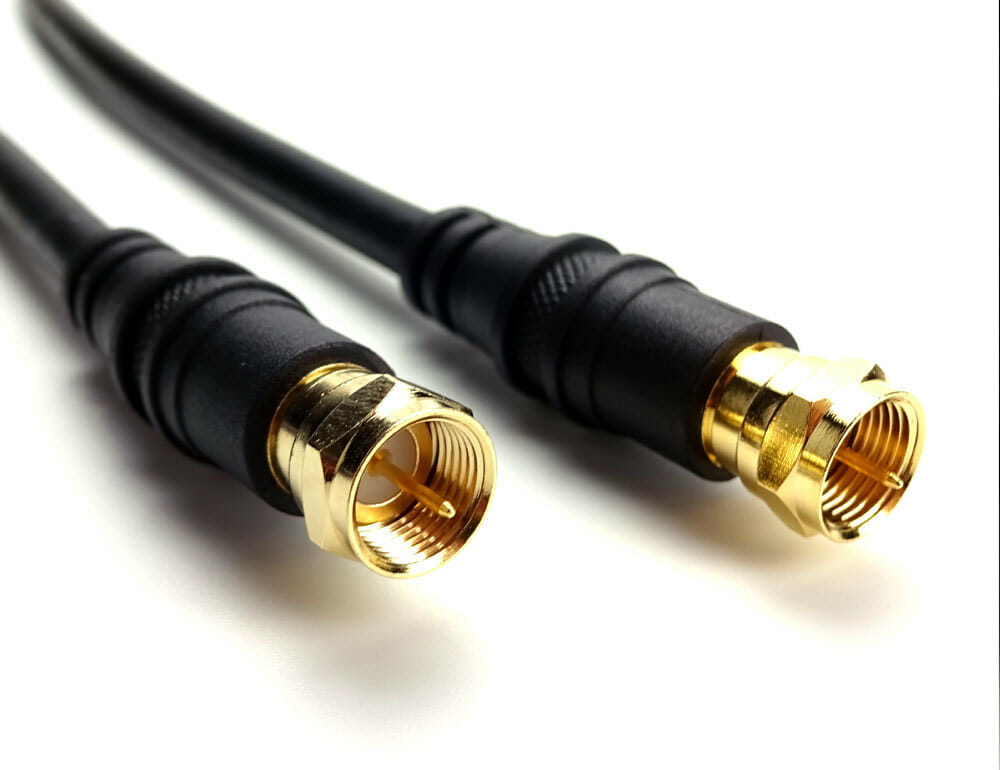Streaming television like Netflix, Hulu, and Sling has risen in popularity exponentially over the last few years. It’s not just a matter of being able to watch shows on demand, it also tends to be cheaper and more user-friendly than normal cable television. Many customers have decided to remove their cable service altogether and use streaming exclusively. Due to this decline in customers, cable companies have been forced to increase their costs to their remaining customers to make ends meet.
According to current market research, since 2010, the cost of cable television has risen by over 50%. In 2010, a basic cable package cost approximately $70 a month. Today, that has risen to approximately $107 a month. Based on a survey of 1,152 households, at least 78% of Americans still have an active cable TV subscription. A majority, still, but that’s 8% lower than what it was in 2013. That’s also not factoring in homes in rural areas that have cable TV only because it’s bundled with high-speed internet, which some companies do not offer on its own. Approximately 33% of cable customers have removed television from their bill, with another 33 million customers expected to in the coming year.
Cable companies are being placed in a precarious position; either they adapt and concede part of their business to competitors to maintain customer relations, or they double-down on cable bundles and risk their reputation.













































